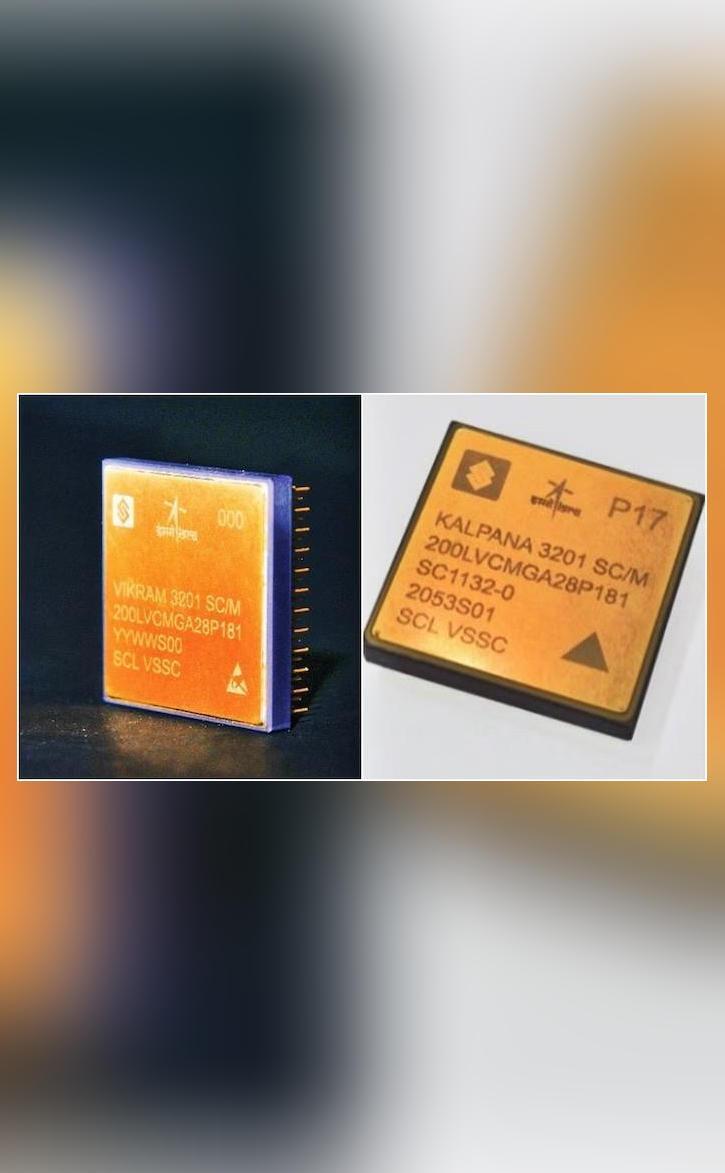
ISRO & SCL develop 32-bit microprocessors for space applications
The Indian Space Research Organisation (ISRO) and the Semiconductor Laboratory in Chandigarh have achieved a significant milestone in the field of space technology by jointly developing two 32-bit microprocessors, VIKRAM3201 and KALPANA3201. These microprocessors have been designed and developed specifically for space applications, marking a significant achievement for India’s space program.
The VIKRAM3201 microprocessor is a notable achievement, as it is the first fully “Make-in-India” 32-bit microprocessor to be qualified for use in the harsh environmental conditions of launch vehicles. This is a significant step forward for India’s space program, as it reduces reliance on foreign-made components and paves the way for further indigenous development of space-related technologies.
According to ISRO, the VIKRAM3201 microprocessor is designed to operate in extreme temperatures, ranging from -55°C to 125°C, making it suitable for use in space applications where temperature fluctuations are common. The microprocessor has also been tested to withstand high levels of radiation, which is a major concern in space environments.
The KALPANA3201 microprocessor, on the other hand, is designed for use in spacecraft and is capable of operating in temperatures ranging from -20°C to 80°C. This microprocessor has been optimized for low power consumption, making it suitable for use in battery-powered spacecraft.
The development of these microprocessors is a testament to the capabilities of Indian scientists and engineers, who have worked tirelessly to design and develop these cutting-edge technologies. The collaboration between ISRO and SCL has enabled the creation of a indigenous microprocessor ecosystem, which will have far-reaching implications for India’s space program.
The VIKRAM3201 microprocessor has been designed using a 0.5 micron CMOS process, which is a significant achievement considering the complexity of modern microprocessor design. The microprocessor has a clock speed of 100 MHz and has a power consumption of 1.2 watts per megahertz. It has 32-bit architecture and has a memory interface of 32-bit DDR3.
The KALPANA3201 microprocessor, on the other hand, has a clock speed of 80 MHz and has a power consumption of 0.8 watts per megahertz. It has a 32-bit architecture and has a memory interface of 32-bit DDR2.
The development of these microprocessors is expected to have significant implications for India’s space program, as it will enable the creation of indigenous space-based systems and reduce reliance on foreign-made components. This will not only save costs but also enable India to develop its own space-based systems and technologies.
The VIKRAM3201 microprocessor is expected to be used in various space applications, including launch vehicles, satellites, and spacecraft. The microprocessor has been designed to be highly reliable and has been tested to withstand extreme temperatures, radiation, and other environmental factors.
The KALPANA3201 microprocessor, on the other hand, is expected to be used in spacecraft and other space-based applications where low power consumption is critical. The microprocessor has been optimized for low power consumption and has a low power-to-performance ratio, making it suitable for use in battery-powered spacecraft.
In conclusion, the development of the VIKRAM3201 and KALPANA3201 microprocessors is a significant achievement for India’s space program, marking a major milestone in the country’s efforts to develop indigenous space-based technologies. The microprocessors have been designed and developed by ISRO and SCL, and are expected to be used in various space applications, including launch vehicles, satellites, and spacecraft.
These microprocessors are a testament to the capabilities of Indian scientists and engineers, who have worked tirelessly to design and develop these cutting-edge technologies. The development of these microprocessors is expected to have significant implications for India’s space program, enabling the creation of indigenous space-based systems and reducing reliance on foreign-made components.






